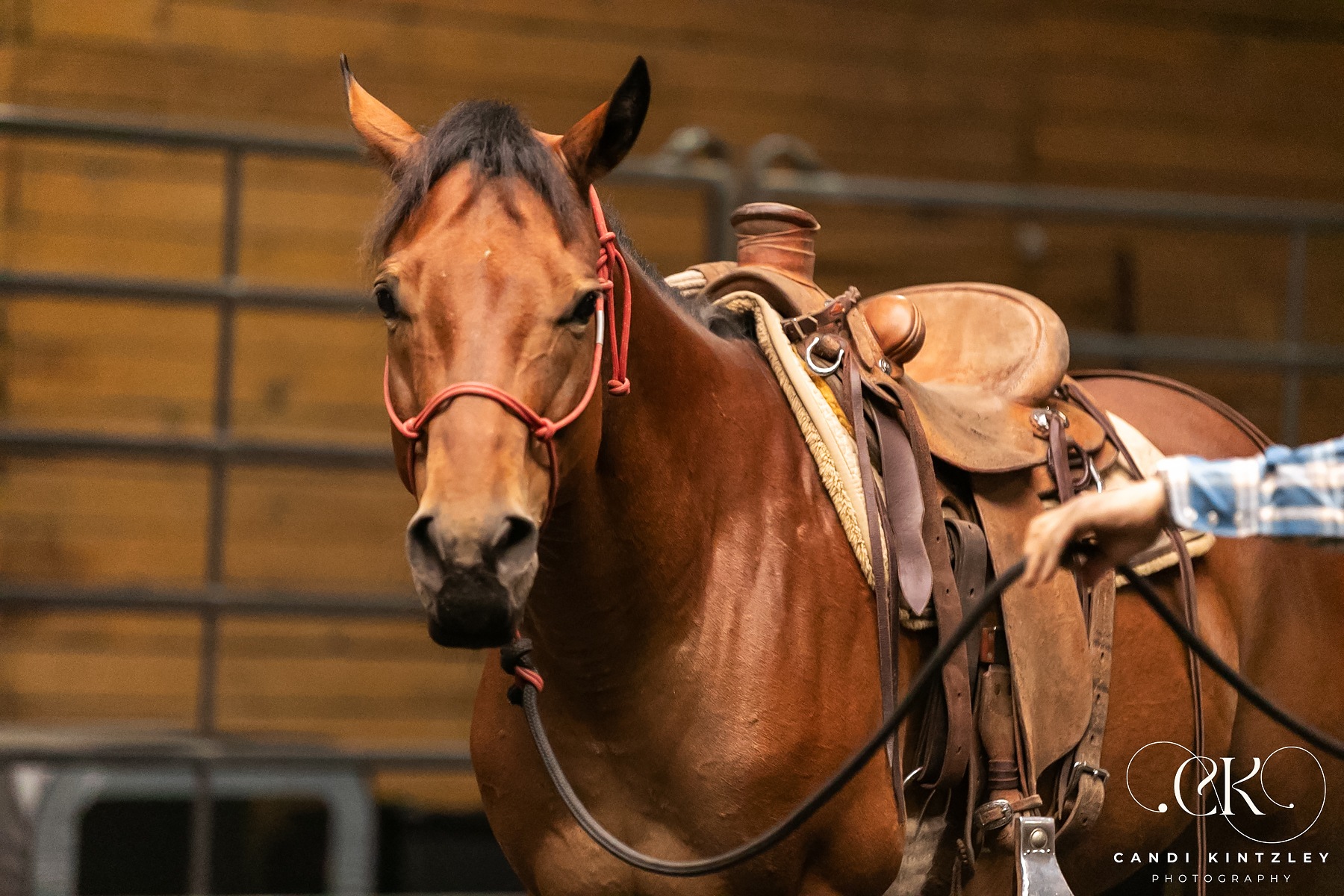Ciara came to us as part of a larger seizure in Gig Harbor, alongside a tableau of horses who, aside from their lack of proper care and handling, were, as is the nature of all living creatures, of varied personalities. The ‘easiest’ of the bunch were Ciara’s daughter Inula, along with Wren, who were relatively uncomplicated as far as horses who haven’t had much quality handling go. Meadow and Mirana, the two older matriarchs, were sweet and spicy respectively, while Harissa, presumably a daughter of one of those mares, was all spice. Lance, the stallion, arrived shy but curious, and really without much stallion bravado.
And Ciara?
Ciara, unlike some of her other counterparts, was more willing to be handled — if not immediately, then after just a bit of gentle coaxing. But she had a pretty severe misunderstanding of what it meant to give to pressure, which would make the road ahead a bit more challenging. What she had learned in the past would no longer serve her, if it ever had to begin with.
At her dental, our vets estimated her to be around 12 years old. 12 years of going through the world feeling stuck and unbalanced, of pushing into pressure. She was, as is the case with so many horses who come to SAFE, not set up for success. But we felt Ciara could make it.
When the horse is young enough, and fit enough, we put them on a track for being saddled with the intention of eventually carrying a rider. This path doesn’t always pan out — occasionally we discover health issues that make saddling a non-option (as was the case for Ciara’s daughter, Inula), but when possible we try to get a horse going under saddle. This serves many purposes. Of course, in an ideal world a horse who wears a saddle also carries a rider, and finds a forever home as a riding horse. A riding horse has a more protected future, which is the tough reality of the horse industry. It is not impossible, but more difficult, to rehome companion horses. But even if a horse never carries a rider, for whatever reason, learning how to wear a saddle is great for their education in many ways. It helps them to be comfortable with things in their off eye, makes blanketing significantly easier, and in general helps to better prepare and gentle them for a successful future.
Ciara had presumably never been saddled or ridden before. With 12 years under her belt, it is not possible to know all the events that transpired in her life, but we can make a very fair assessment based on how she reacted to even the most basic handling.
We of course started her with a great deal of groundwork before even approaching the idea of saddling. Touching her with the flag and the coils of a rope all over, throwing a pad up on her back, roping her around the belly and moving her out to get her comfortable with the idea of what a cinch would be like. There are many steps in the process to help a horse be able to understand and navigate what it will be like when they are cinched up for the first time. But the inevitable truth is that the saddle presents an entirely new set of circumstances that are impossible to fully replicate. While we try our best to prepare the horses as fully as we can, there is always an element of the unknown involved when we do first saddlings.
Despite all of the hours and hours of prepwork, Ciara had a difficult time the first time we cinched the saddle up. Joel was there and able to support her through it to the best of his ability, but it was clear that Ciara’s trouble would make this a challenging obstacle for her to overcome. But by the end of the first session she was able to find peace, and we felt hope that the periods of uncertainty that surrounded saddling would be less and less as Ciara’s understanding and balance grew more and more. Joel was able to saddle her for multiple days in a row, and with each day, Ciara was able to end the session a little more settled than the day before. But because hers was such a delicate situation, we decided that the best route forward after Joel left would be to continue on with unsaddled groundwork.
Lexee spent many hours after with Ciara, throwing the saddle up (without cinching it), and continuing all the same exercises as before — roping, flagging, the works. Ciara has a lot of try, but also a lot of trouble that gets in her way. But what do we know about horses is that they have a tremendous capacity for change and growth. We were confident that this work with Ciara would not go unrewarded, and we were correct. The next time Joel was out and we cinched Ciara up, we found that Lexee’s work with her had not been for naught — she was much more understanding, and far less troubled about the cinch. However, we would not take this for granted. Progress is not always linear, and there is always the potential for a horse to slide back on their journey forward, but our hope is that Ciara will move forward with more momentum than any backwards slippage that is bound to occur.
We know that the road forward would be a long one, but walking alongside it with this sweet mare is a gift. She has already come so far, and we are looking towards how much farther she will go!


